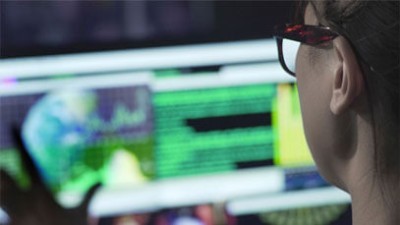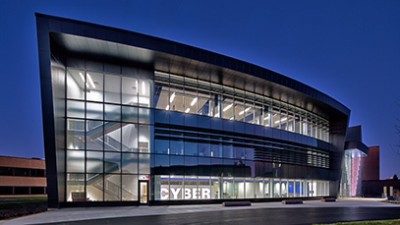Accessible Design: Exploring the Ideation and Sketching Process with Blind/Low-Vision Individuals
The ideation process is arguably one of the most integral steps in the technological design process. Ideation allows for generating ideas and solutions through various methods such as discussions, sketching, and brainstorming. Sketching is a valuable strategy to ideate broadly and quickly on solutions to a given design problem. However, this process is often heavily visually based and relies on collaboration between designers, who are often sighted. There are very few, if any, blind or low-vision designers in the user experience field. Frequently they are consulted in the beginning and end stages of a user experience project for feedback on a design or concept but rarely are they given the lead or act as a designer. This proposal seeks to understand how to create an inclusive and accessible environment for sketching and ideating for blind and low-vision designers. In my study, I conducted a remote design workshop and training session with novice designers and allowed the blind designer to take authorship of solutions. The study utilized qualitative data such as video/audio recording and pictures of artifacts for analysis. All workshop participants and researchers engaged remotely via the Zoom platform. The training session allowed the blind/low-vision participants to become more comfortable with the design process by completing a guided design activity. The design workshop was similar to the training session; however, the facilitator had a minimal hands-on role and included blind/low-vision and sighted participants. After the workshop, participants partook in a debriefing session about their experiences throughout the process. Results showed that there were concerns in collaboration and language which could be addressed by further educating sighted individuals on the blind/low-vision experience. Additionally, the materials selected could be alternatives to pen and pencil sketching, however there is still room for further improvement.





